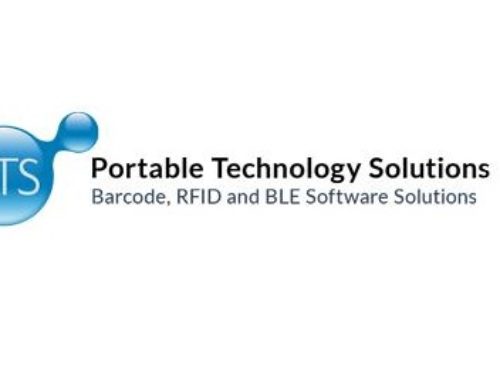Bluetooth transforms from a personal communication solution to an industrial-grade connectivity wireless technology.
Bluetooth SIG has recently spread the document “Bluetooth market update 2018”, an interesting overview of the worldwide arena where this technology works, including trends and the key solution areas and market segments, supported by updated forecasts from ABI Research.

This article summarises the content of Bluetooth SIG’s study, some of its concepts and data, highlighting the key trends of the technology.
Being a backbone of standard wireless connectivity for IoT, Bluetooth market technology is now expanding from personal communication solution to industrial-grade wireless connectivity.
Release 5.0 and mesh networking helped push this technology in such direction: adopted on July 2017, Bluetooth mesh enables the creation of large-scale device networks and is ideally suited for control, monitoring and automation systems where tens, hundreds or thousands of devices need to communicate with one another.
Among the several application scenarios, Bluetooth indoor positioning and location-based services seem to be the fastest growing solution areas.

Bluetooth based location solutions are deployed by smart buildings and other venues to enable point-of-interest solutions, way finding, asset tracking (click HERE and read the asset tracking story at Alstom’s factory) and space utilization: retail and stores, cities, shopping malls, airports, hospitals, factories, exhibition centers and office buildings are just a few examples of this application broadcast topology available on Bluetooth Low Energy (click HERE and read the worker safety story at Sibelco’s mine).
According to ABI research forecast, 400 million of Bluetooth device shipments are expected by 2022.
The mesh topology on Bluetooth Low Energy is ideal for large-scale device networks, suitable for control and monitoring systems in smart buildings and factories.
Concerning smart building, Bluetooth enables indoor positioning and location-based services with the aim of enhancing the visitor experience, increasing occupant productivity and optimizing space utilization, as well as saving energy consumption.
Industrial deployments of Bluetooth asset tracking and management solutions will continue to increase, allowing factories to achieve new levels of operational efficiency.
Last but not least, location services driven by Bluetooth beacons help create personalized experiences for concert and museum lovers, sports fans, travelers, and tourists.
Want to discover more about Bluetooth LE technology and its potential?
Following this LINK you can download the Bluetooth Market study by Bluetooth SIG











